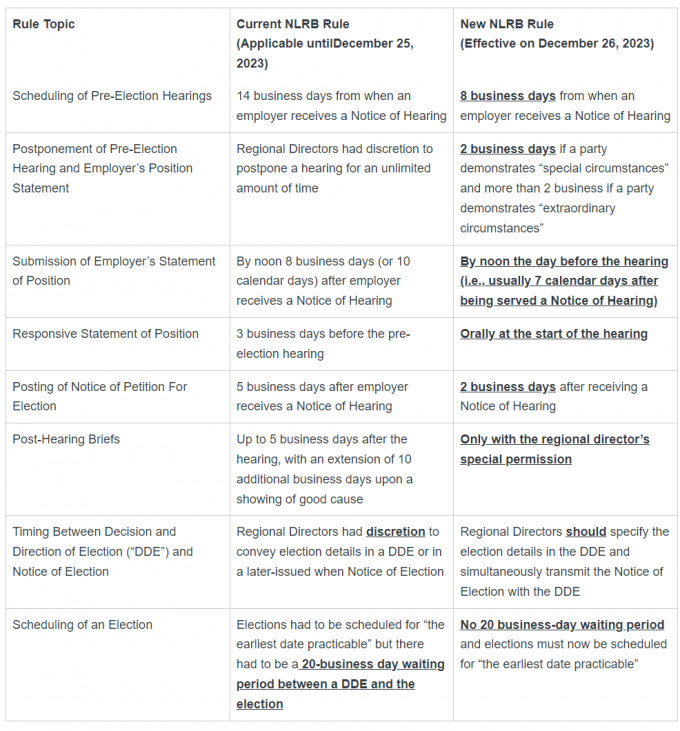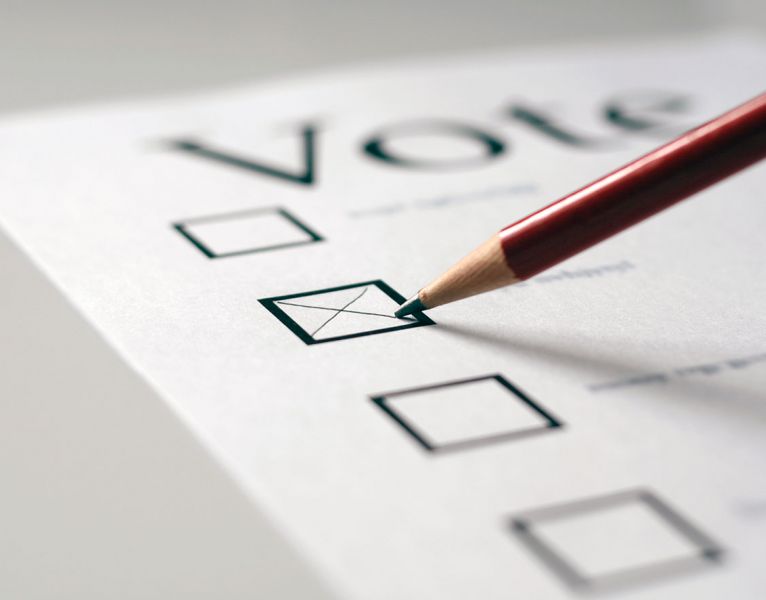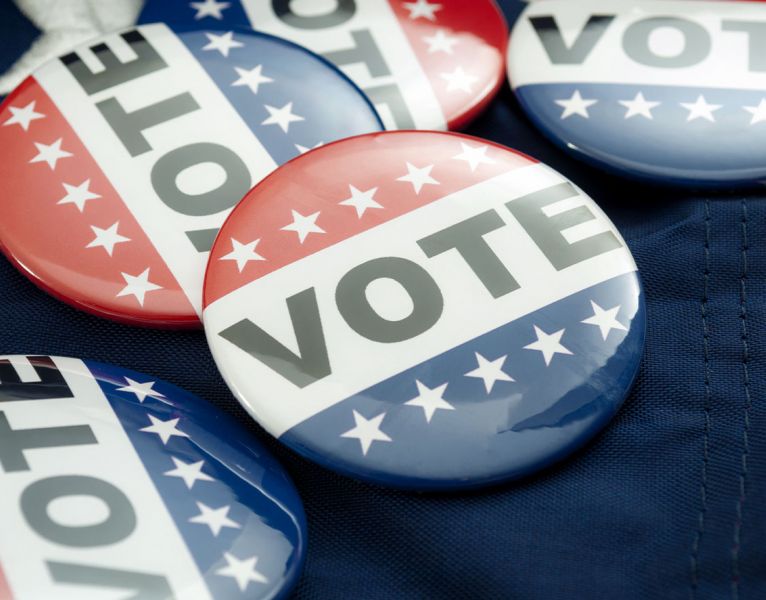With over 58,000 workers reportedly unionizing so far in 2023 and the number of representation petitions on the rise, it comes as no surprise that the National Labor Relations Board (“NLRB” or the “Board”) continues to make changes to expedite the unionization process.
Specifically, in a recent rule published on August 24, 2023, which will become effective on December 26, 2023, the Board significantly accelerated its pre-election timeline by reverting to the NLRB’s “quickie” election rules initially implemented in 2014.
Prior History of NLRB Election Rules
When a union files a petition to represent a group of employees, the Board requires specific action from both the employer and the union prior to proceeding to an election, and may hold hearings to resolved disputed legal issues prior to the commencement of an election.
Over the last decade, the applicable rules governing the election process have changed dramatically.
For instance, in 2014, the Board implemented what have been referred to as “quickie” election rules, which substantially decreased the amount of time between the filing of a representation petition and the commencement of an election.
Then, just five years later, in 2019, the Board clawed back some of the 2014 changes and provided additional time to both parties with regard to certain filings, requests for extensions and pre- and post-election proceedings. (See our prior discussion here.)
The 2019 rules were subject to challenge in court; some of the rules were struck due to the Board’s failure to utilize the rule-making procedures, while the Court of Appeals for the District of Columbia found that the expansion of pre-election litigation and the imposition of a mandatory delay between the direction of election and the election itself were procedural in nature and not subject to notice and comment rule-making. This led to the Board rescinding certain provisions of the 2019 election rules earlier this year.
New Election Rules Set To Go Into Effect on December 26, 2023
Now, in a much-anticipated reversal, the Board announced its intent to fully revert back to the 2014 rules—effective December 26, 2023. Perhaps the most notable change is the exclusion of individual eligibility and inclusion issues from a potential pre-election hearing; now, those issues will be litigated, if at all, after an election is conducted rather than before. Under the new rules, the only litigable issue before an election is held relates to whether a question concerning representation exists.
Below is a brief summary of the changes to the pre-election timeline set to go into effect at the end of this year:

Looking Ahead
These new rules will certainly provide an even greater advantage to unions during the organizing process—particularly, when combined with the new standard espoused by the NLRB in Cemex Construction Materials Pacific, 372 NLRB No. 130 (2023), which puts extensive pressure on employers to voluntarily recognize unions or promptly initiate election proceedings.
As noted, in addition to significantly reducing the amount of time for holding an election, one of the most significant aspects of these new rules is the elimination of pre-election hearings on issues beyond whether an election should be held at all. In other words, disputes concerning whether individuals are supervisors or whether certain other positions should fall within the petitioned-for unit may not be litigated at all until—potentially—after a vote is held. These thorny issues can make communicating during an election campaign and bargaining an initial contract very difficult and legally problematic for employers.
Procedurally, these rules are styled as “direct final rules,” which mean they go into effect on the listed date (of December 26, 2023). The Board has indicated that it will not go through a notice and comment period, because, according to the Board, the new changes are all procedural in nature. It is unclear whether these rules will be challenged in federal court in the same manner as the 2019 rules.
We will continue to follow these developments.



